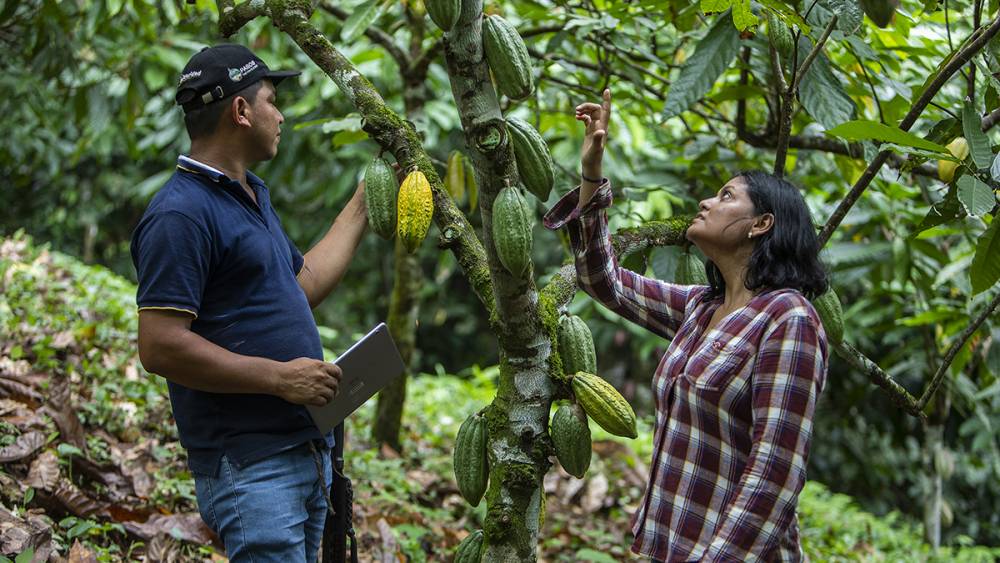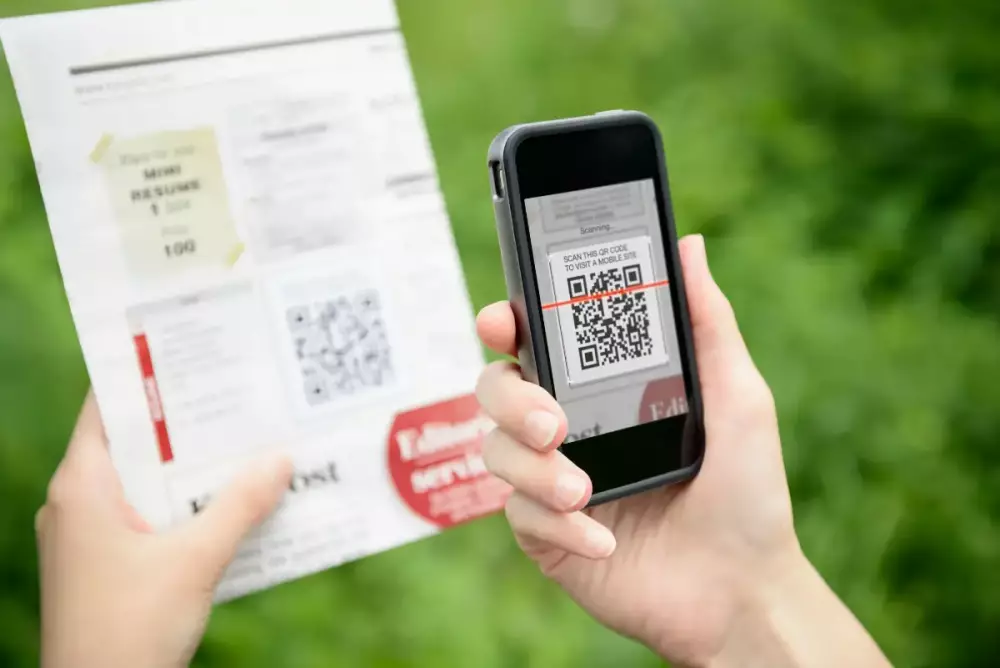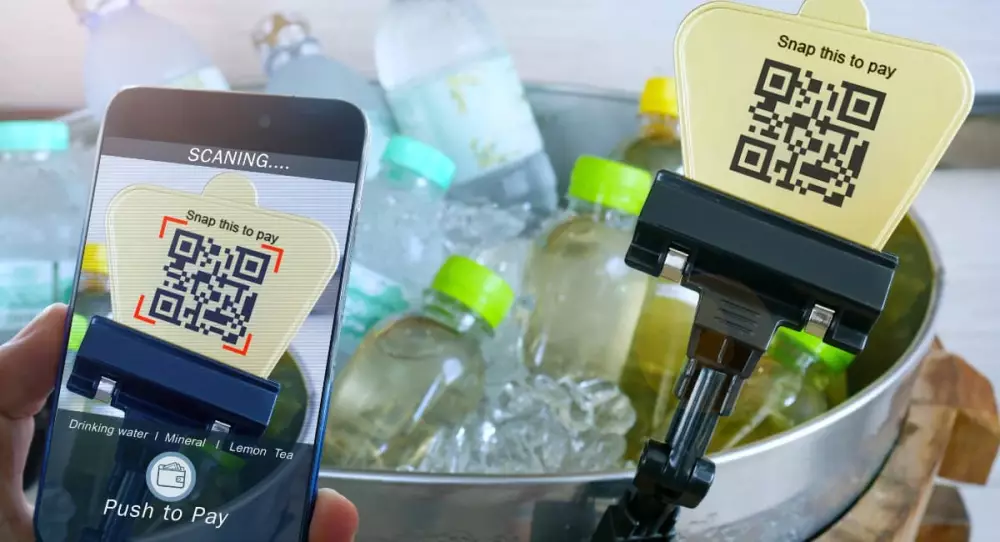QR codes are being harnessed to provide farmers and agricultural stakeholders with valuable information, early detection systems, and effective treatment strategies, ultimately bolstering agricultural resilience. By leveraging the potential of QR codes, the agricultural industry can combat pests and diseases more efficiently, leading to increased productivity and sustainability.
The Role of QR Codes in Pest and Disease Identification
QR codes are playing a pivotal role in facilitating the identification of pests and diseases in agricultural settings. By incorporating QR codes into pest and disease monitoring systems, farmers can quickly access comprehensive databases and digital resources specifically tailored to aid in identification processes. These resources can include high-resolution images, diagnostic tools, and expert guidance, empowering farmers to accurately identify potential threats in their crops. The prompt identification of pests and diseases enables farmers to initiate timely and targeted interventions, mitigating the risk of extensive damage and minimizing crop losses.

Early Warning Systems and Surveillance with QR Codes
QR codes are instrumental in establishing early warning systems and surveillance networks for pests and diseases. By placing QR codes strategically throughout agricultural fields, farmers can encourage the reporting of pest and disease sightings by workers, scouts, or even the general public. When a QR code is scanned, individuals can provide real-time data, including location, observations, and photographic evidence. This crowd-sourced information allows for the rapid detection and response to emerging pest and disease outbreaks, facilitating proactive management strategies and preventing widespread infestations. The data collected through QR code-enabled surveillance systems also contribute to the development of predictive models and trend analysis, enhancing overall pest and disease management practices.
Accessing Treatment Protocols and Best Practices
QR codes serve as a valuable resource for farmers to access treatment protocols, best practices, and integrated pest management (IPM) strategies. By scanning QR codes found on product labels, packaging, or informational materials, farmers gain instant access to comprehensive guidelines and recommendations for controlling specific pests and diseases. These resources may include information on environmentally friendly pest control methods, biological control agents, cultural practices, and chemical applications. QR codes also enable farmers to access real-time updates on regulatory requirements and restrictions regarding pesticide use, ensuring compliance with safety and sustainability standards.
Enhanced Collaboration and Knowledge Sharing
QR codes foster collaboration and knowledge sharing among farmers, researchers, and agricultural experts. By integrating QR codes into educational materials, research publications, and agricultural events, stakeholders can easily access additional resources, scientific studies, case studies, and success stories. QR codes also facilitate the sharing of experiences and lessons learned from successful pest and disease management initiatives, enabling farmers to adopt proven strategies and adapt them to their specific contexts. This collaboration and knowledge sharing foster a community-driven approach to pest and disease management, promoting innovation, efficiency, and resilience within the agricultural industry.
Overcoming Challenges and Future Directions
While QR codes offer immense potential in pest and disease management, certain challenges need to be addressed. These challenges include ensuring widespread adoption, bridging the digital divide, and creating user-friendly interfaces for accessing QR code-based information. Future directions include integrating QR codes with emerging technologies such as artificial intelligence and machine learning to enhance pest and disease identification accuracy and predictive capabilities. Additionally, exploring the use of QR codes in pest and disease monitoring systems for specific crops or regions can provide targeted solutions and tailored management strategies.




